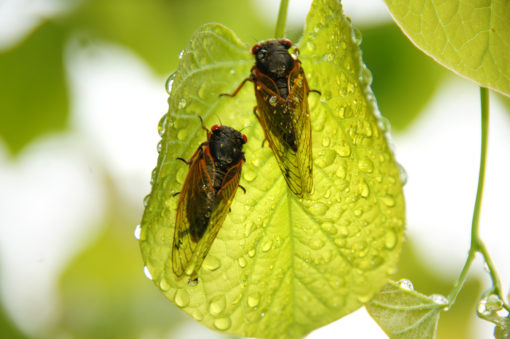
In its evolution, nature has already solved many of the problems faced by man and, thanks to nanotechnologies, it was possible to make a fabric that completely protects against humidity, in this case emulating insects.
In nature some insects, in their evolution, have acquired particular skills, such as having parts of their body surface able to repel water and oil liquids.
Some time ago, the scientists of DOF (U.S. Department of Energy) had started studying the physical mechanisms that rule these capabilities and then they had tried to repeat them to obtain technological hydrophobic fabrics.
They so succeeded in developing a nanoscale texturing method to achieve fully waterproof materials, drawing inspiration from the exoskeleton of some insects that is coated by thin hair able to repel water by trapping air.
Researchers started from materials called “block copolymers”, chains of two distinct molecules connected each other, characterized by the property of autonomously assembling in ordered configurations; afterwards, they created nanoscale weaves, actually nanotechnological fabrics, with various inorganic materials, such as silicon and some particular plastics.
Even if excellent, results are not revolutionary because fabrics that integrate materials with optimal water repellence features already exist, at least for millimetric water drops, but these same textures become ineffective in presence of mist or strong wetness.
The protection against condensate, phenomenon that can create damages on parts of aircrafts, vehicles and industrial machinery, is the focus of the researches carried out by DOF, in collaboration with other bodies like ESPCI, École Supérieure de Physique et de Chimie Industrielles in Paris, thus achieving a texture with notable “anti-fogging” properties.
More in detail, they have studied what was the best configuration of the elements composing the texture, for instance whether cylindrical or conical, and the latter proved to be more suitable for expelling water drops, leaving the surface completely dry.
Basically, the physical phenomenon is quite simple: the conical elements resist the dew formation on the fabric surface as water drops only slightly adhere to the surface and cones make the two drops join the resulting drop, which acquires sufficient kinetic energy to exit from the surface spontaneously, without entering the fabric.
The idea of the conical shape comes from the study of cicadas’ wings that, coated by the equivalent of textures in nanoscale with conical elements, always remain dry, even in wet environments: a clear example of how nature can help human beings to solve even complex problems.



